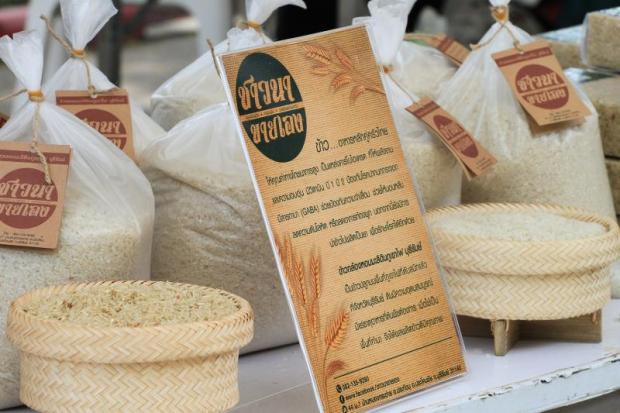
Thailand is drafting its rice strategy, aiming to create higher value from exports of rice-based products by using innovation instead of exporting a high volume of commodity-grade rice, says the Commerce Ministry.
Pimchanok Vonkorpon, director-general of the Trade Policy and Strategy Office, said the ministry has joined hands with Kasetsart University in conducting a study on a demand-driven database to be used as a major strategy for the rice industry.
Initially, the strategy is expected to focus on the quality and value of goods produced from rice instead of prioritising quantity of commodity-grade rice traded at a low price.
"We need to change our mindset first from competing at low prices and high volumes to the higher value items," said Ms Pimchanok.
As a result, the strategy will aim for smaller rice exports of around 7 million tonnes a year, compared with around 10 tonnes a year now.
"We can continue to export some 7 million tonnes of commodity-grade rice as we did in the past and see if we can do better with the other 3 million tonnes, which can be made into higher-value products," she said.

A variety of rice products are available at Rangsit University as part of a plan to help farmers sell rice. PONGPAT WONGYALA
To achieve the goal, Thailand's rice strategy covers a wide range of information and data, starting with scientific information about rice and how it should be grown to produce high-quality grains. Data will also include the latest changes in rice demand and supply so Thai farmers and rice-product manufacturers can estimate the market each year.
Kriengkrai Kaewtrakulpong, head of the farm machines department at Kasetsart University, said the study found three rice products can create the highest added value for Thai rice. Rice snacks and rice bran oil are two, which have a combined global market value of up to US$600 billion a year.
Another is rice flour, which can be used for many rice products and has a global market of more than $270 billion a year, he said.
"That's why we are encouraging other parties to join the project, particularly private firms to apply new innovations to common-grade rice to make value-added rice products," said Mr Kriengkrai.